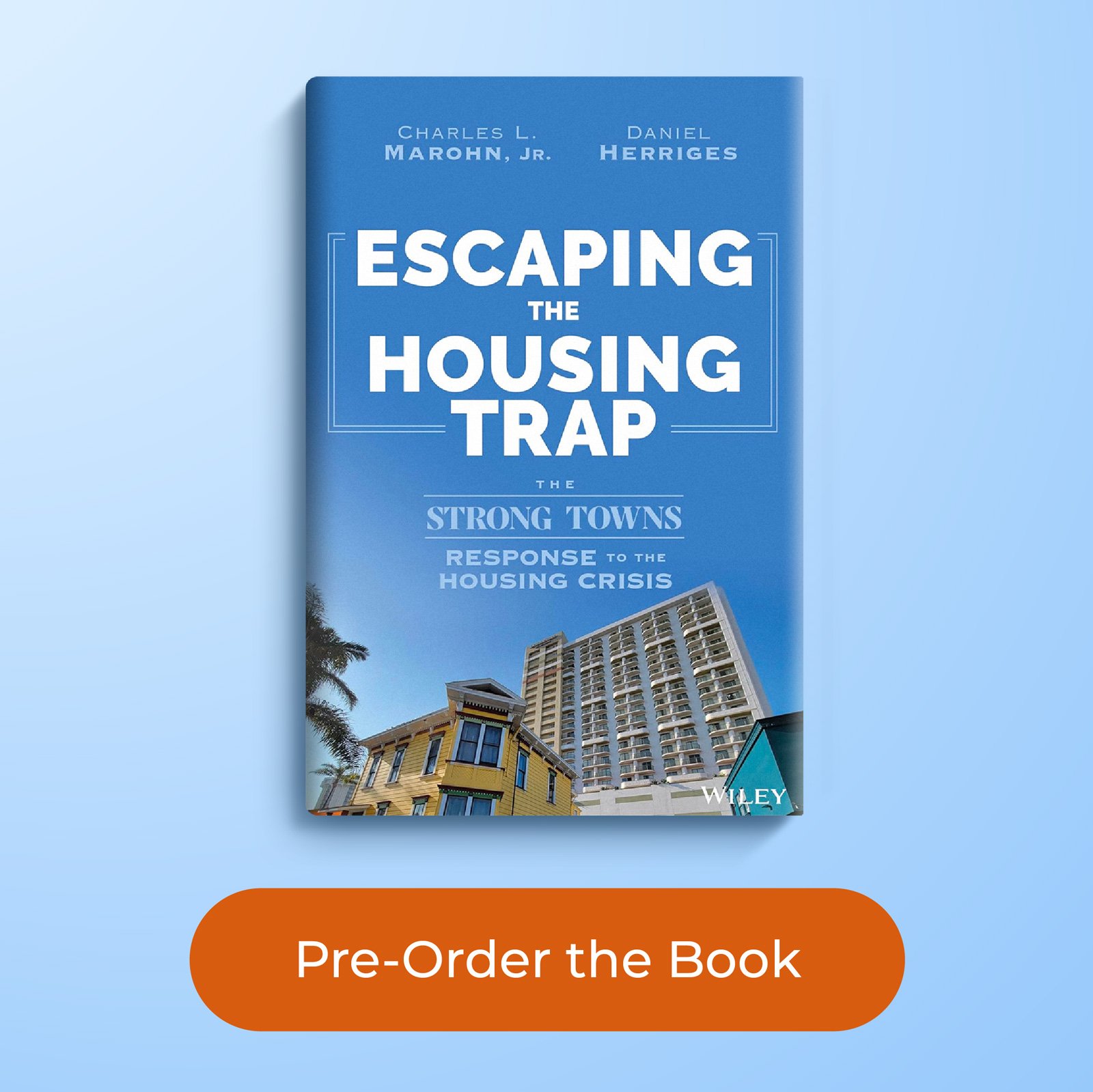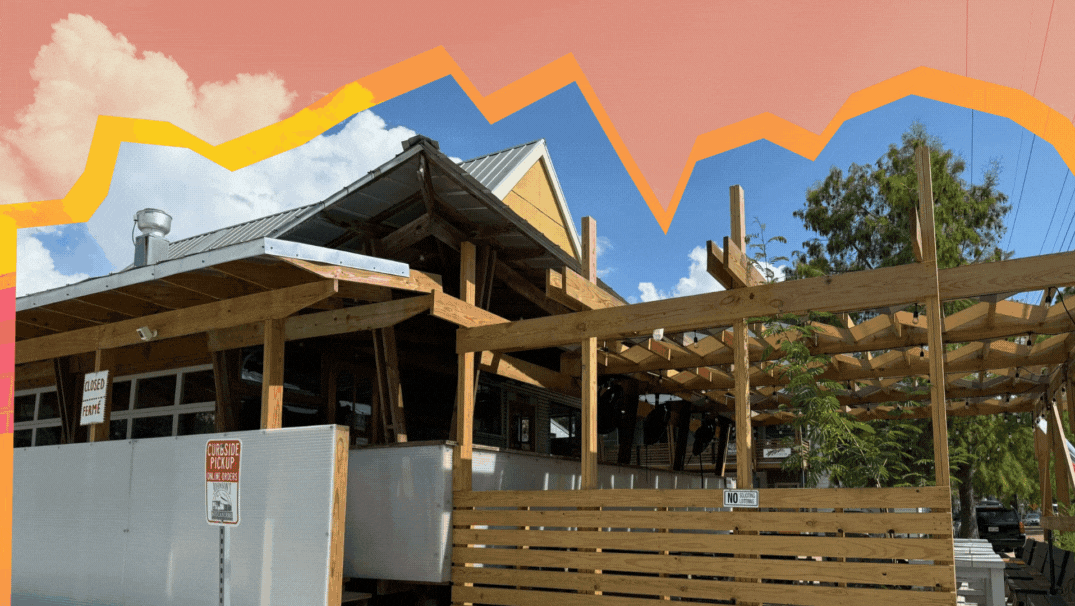Are Rents About to Crash?
(Source: Unsplash/Aaron Sousa.)
America is in the midst of a housing crisis. If we listen to those concerned about housing affordability, rents are already too high and may only go higher. If we listen to those concerned about housing finance, panic sits just under the surface because rents are about to collapse. Can both of these narratives be true?
There have long been rumors in financial circles about empty units, zombie buildings, and oversupply. These are rumors; there are no reliable aggregate tracking methods. In financial circles, rumors come and go. Sometimes they move markets. Sometimes nothing happens.
That there are a bunch of rental units about to come on the market at fire sale prices is a rumor with some underlying logic that has nothing to do with supply and demand and everything to do with how these units are financed.
An apartment building is financed differently than a residential home. Since the Great Depression, the federal government has worked with major banks to create a market for long-term mortgage debt. At the foundation of this is a system of government guarantees, directly for some mortgage loans and indirectly for the banking system, as a whole. These guarantees allow banks and other investors to take deposits (borrow short) and turn them into multi-decade mortgage loans (lend long).
Borrowing short to lend long is very risky. It’s impossible to predict what will happen to interest rates and inflation a decade or more into the future. A bank that writes a mortgage at a low market rate will find themselves in trouble very quickly when rates rise and they are forced to pay deposits more in interest than they bring in from their old loan portfolio.
It doesn’t work this way for an apartment, which in the financial world is called Commercial Real Estate (CRE). The set of guarantees for CRE is not nearly as comprehensive and robust as it is for residential mortgages. As a result, many loans have much shorter terms (three to seven years) with a balloon payment at the end. This lowers the risk for the lender by increasing the risk for the borrower.
The way you make money in commercial real estate today is by leveraging lots of debt. This is one of the reasons that just 25 developers were responsible for one in four multifamily units started in 2022, an astounding level of concentration in a market with over 60,000 developers. Those 25 could leverage the most debt, and so they dominate the market: a self-reinforcing paradigm.
In the environment of near-zero interest rates that existed for most of the last decade, that concentration of capital had all kinds of distorting effects. The one that fuels the rumor of zombie buildings in CRE markets is the ability to roll over non-performing loans, to extend and pretend.
Here’s how that works. A developer builds an apartment using debt. To get that loan, they prepare an estimate of rental income: here’s how many units we’re building and what we expect each one to rent for. It is this calculation—how much revenue will you receive from rent—that establishes the value of the apartment and, thus, how much the developer can borrow.
Now, let’s say that the developer builds the apartment, but the units don’t rent out at the estimated price. Standard economics suggests that prices would then come down until a market-clearing price was reached and all the units were rented. That is what would happen without debt, but the CRE loan changes everything.
Each month that the units sit empty, the developer loses money, but how much money? Well, there are electric, heating, and cooling costs. There are property taxes. These are not nothing, but they are quite insignificant compared to the normal cost of debt service. Paying interest on a large commercial loan (or, typically, multiple loans) is really expensive.
Only, in a zero-interest-rate environment, one with lots and lots of capital sloshing around looking for anything to invest in, the interest costs are really low. Debt service is really low. This relieves the developer of needing to rent the units at the market price. They can sit back, keep the unit in reserve, and wait for the market to come to them, another artificial market constraint that is self-reinforcing. It costs them a little bit, but not enough to force them to lower their price.
That is, until the CRE loan ends, the balloon payment comes due, and the loan needs to be rolled over. This is when the bank is supposed to step in and revalue the property. If the market rent is 20% lower, then the property should be worth 20% less, and the developer needs to come up with that lost 20% to cover the loan.
Only, that’s not what happens. The units are sitting vacant, so there is no proof of a lower rental price; they just haven’t rented yet. The bank has little incentive to call this bluff. They (this is likely multiple banks) don’t want to foreclose and have to repossess and sell the property. It’s much easier to buy the con, roll over the loan, and believe that a tight and rising rental market will make it all good. For the last decade, that was a good practice that benefited everyone in the financial system (though, of course, not renters).
The longer this went on, the more the rumors grew. I talked to one person who claimed an entire apartment building in New York City was sitting empty waiting for the market to catch up to the asking price. My friends who are hyper-YIMBY always reacted strongly to these rumors, because they call into question the central YIMBY religious belief in supply shortages. And they were just rumors, after all.
That’s no longer the case. There are many reasons why there is such hyperventilating over higher interest rates (I mean, we are ridiculously overindebted at all levels of society), but one enormous reason is that it forces the issue on commercial real estate. When the loan is rolled over, the numbers don’t work anymore. If the units stayed empty at zero percent rates, and now rates rise and you have significant debt service costs, you have to be able to raise rents proportionately, or your building isn’t worth as much as it once was. That’s not happening.
Even if the developer was willing to keep making the higher payments on an empty building, the bank is going to make them come up with a huge pile of cash to make up for the loss in value. Some developers will do that, but many will not. And then this kind of thing happens:
That’s 108 units that will be coming on the market at what should be much lower prices. Here’s another. And another. And another. These four properties alone have hundreds of vacant units in some of the nation’s hottest markets. These are real apartments, not rumors.
Lower interest rates were supposed to spur investment. They were supposed to make it easier for developers to finance apartments and meet housing demands. Maybe they did that—we can’t tell the full extent—but what we are seemingly about to discern is whether those low interest rates also made it easier for investors to withhold inventory from the market, artificially limiting supply and driving up rents.
How much better off would we be if we had normal rates of interest, if we let property markets function in a responsive way? How much more affordable housing would we have if we did not pretend we could manipulate its financing in a consequence-free way?
By the way, if you are a renter, you might want to jump on any reduction in rents and try to lock up a long-term lease. The banking system can’t function with widespread foreclosures in the CRE market. Widespread foreclosures will inevitably lead to widespread bank failures. Before that can happen, there will almost certainly be bank bailouts in the now-familiar forms of money printing (quantitative easing, the Federal Reserve purchasing CRE securities) and lower interest rates.
These interventions will allow the market to “recover” and for rents to get back to their necessary upward trajectory, affordability be damned.
If you think building more units in this same top-down, financialized system is going to fix things, you’re stuck in the housing trap. There’s only one way out: a bottom-up revolution in how we deliver lots of units at prices anchored to local capacity. More on that in the coming weeks as we get ready for Escaping the Housing Trap: The Strong Towns Response to the Housing Crisis to be released on April 23.








Charles Marohn (known as “Chuck” to friends and colleagues) is the founder and president of Strong Towns and the bestselling author of “Escaping the Housing Trap: The Strong Towns Response to the Housing Crisis.” With decades of experience as a land use planner and civil engineer, Marohn is on a mission to help cities and towns become stronger and more prosperous. He spreads the Strong Towns message through in-person presentations, the Strong Towns Podcast, and his books and articles. In recognition of his efforts and impact, Planetizen named him one of the 15 Most Influential Urbanists of all time in 2017 and 2023.